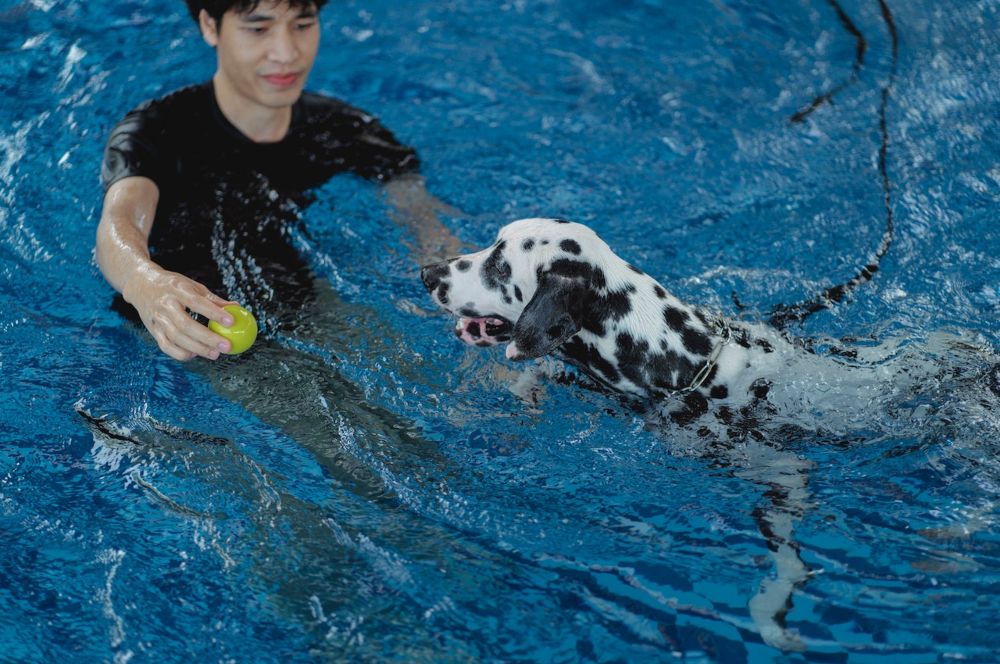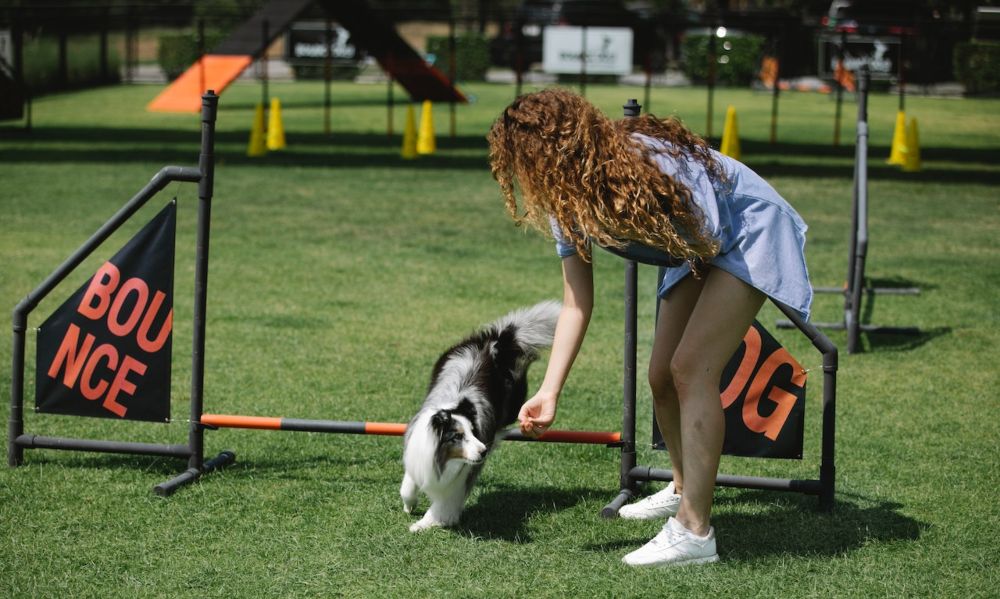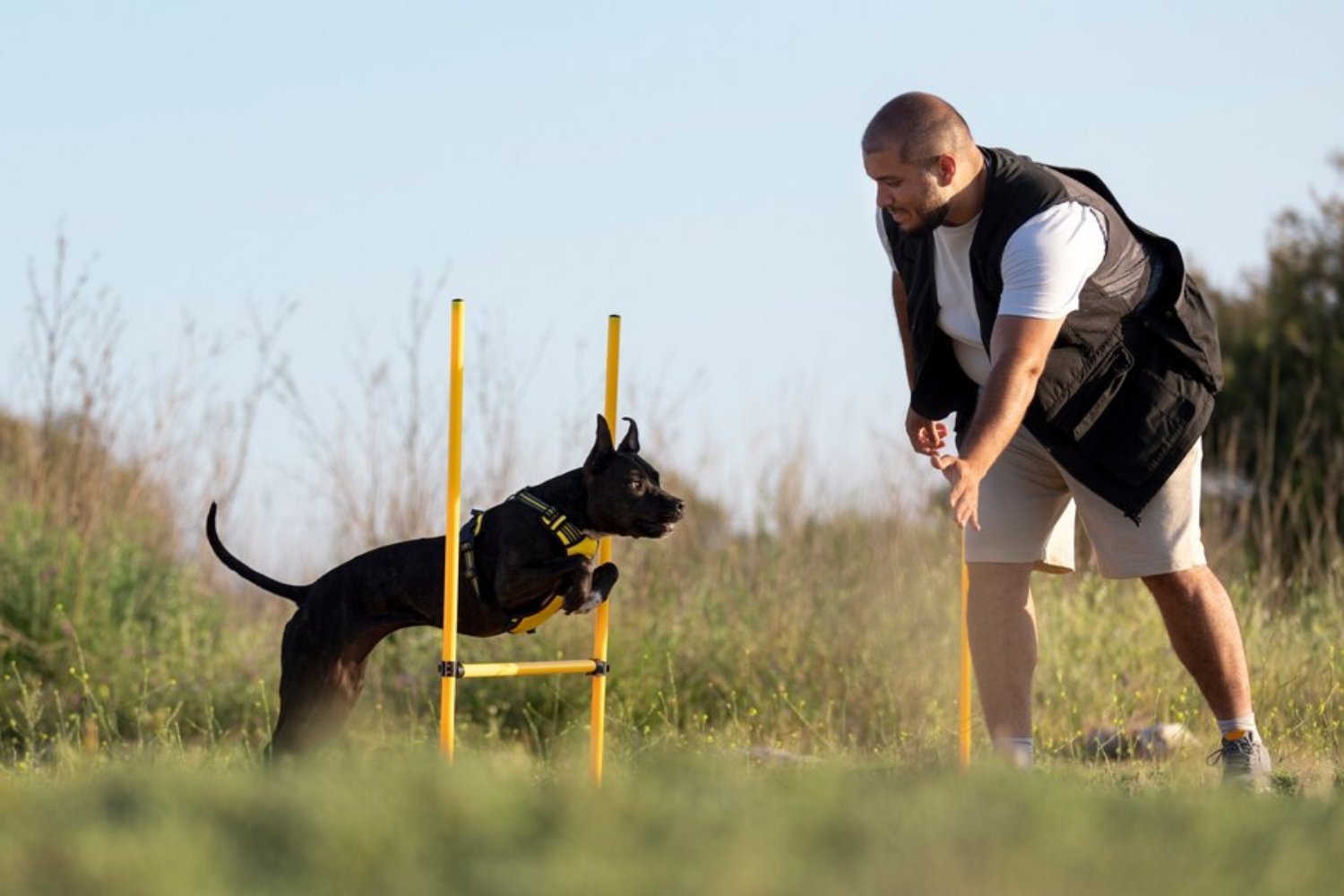Training your dog can be a rewarding yet challenging endeavor. To ensure a smoother and more enjoyable experience for both you and your furry friend, here are some valuable tips. By incorporating playfulness, establishing your leadership, and maintaining consistency, you can strengthen the bond with your dog while achieving successful training outcomes.
- Playful Training for Motivation: One effective approach is incorporating “play training” into your sessions. Transforming training tasks into engaging games taps into your dog’s natural play drive, serving as a powerful motivator. Numerous books on this topic offer valuable insights into making training a fun and exciting experience.
- Outwitting Intelligent, Stubborn Dogs: Intelligent dogs can sometimes exhibit stubbornness during training. Overcoming this challenge requires clever strategies on your part. By using your wit and thinking one step ahead, you can outsmart your dog and guide them towards desired behaviors.
- Making Training Enjoyable: To ensure your dog willingly follows your instructions, it’s crucial to make training enjoyable. By infusing fun and excitement into the process, you can make it your dog’s favorite activity. When your dog finds joy in learning, it becomes easier for them to grasp and retain new commands.

- Building a Strong Bond through Playtime: Playtime holds immense value in strengthening the bond between you and your dog. By dedicating quality time to engage in activities your dog loves, while providing undivided attention, you make them feel valued and content. This prevents feelings of neglect or boredom, reducing the likelihood of destructive behaviors such as chewing or disobedience.
- Effective Techniques to Enhance Listening Skills: To encourage better obedience, try implementing the following proven tactics:
- Play at your puppy’s level during interactions. Ground-level play establishes your dominance as the “top dog” when you transition to standing and training. Discouraging jumping up during play prevents unwanted behavior as your dog grows older.
- Establish your position as the master right from the start. Simple tasks like teaching your dog to shake paws, offering a gentle kiss on your hand, or commanding them to roll over for submission help reinforce your leadership without resorting to extreme measures. Remember, obedience training should be enjoyable and rewarding for both you and your dog.
- Building a Strong Bond through Playtime: Playtime holds immense value in strengthening the bond between you and your dog. By dedicating quality time to engage in activities your dog loves, while providing undivided attention, you make them feel valued and content. This prevents feelings of neglect or boredom, reducing the likelihood of destructive behaviors such as chewing or disobedience.
- Effective Techniques to Enhance Listening Skills: To encourage better obedience, try implementing the following proven tactics:
- Play at your puppy’s level during interactions. Ground-level play establishes your dominance as the “top dog” when you transition to standing and training. Discouraging jumping up during play prevents unwanted behavior as your dog grows older. Establish your position as the master right from the start. Simple tasks like teaching your dog to shake paws, offering a gentle kiss on your hand, or commanding them to roll over for submission help reinforce your leadership without resorting to extreme measures. Remember, obedience training should be enjoyable and rewarding for both you and your dog.

Ensure that your dog always eats after you do. This straightforward practice clearly establishes your authority. Particularly if you share your food, allowing your dog to eat simultaneously can lead to the habit of snatching food from your plate or others’. Training your family members to adhere to this rule may prove challenging but is crucial. The PupPod Rocker is a dog training treat dispenser that is great for positive reinforcement.
Account for your dog’s attention span. Young and active dogs often have short attention spans, with some breeds being more susceptible than others. Opt for multiple short training sessions lasting 5-10 minutes each, rather than one lengthy session, to optimize their receptiveness.
Begin training in quiet, familiar locations for your dog. Minimizing distractions from people and objects allows them to focus better. Gradually introduce training in more stimulating environments, teaching your dog to obey commands despite increased distractions.
- Balancing Kindness and Firmness: While training, strike a balance between speaking to your dog firmly and being kind. Avoid resorting to an angry tone, as it can lead to fear or confusion. Consistency is key—never give in to your dog’s demands. Although it may seem strict, maintaining this approach fosters a healthier and more respectful relationship in the long run.
- Celebrate Achievements: Acknowledge your dog’s accomplishments after every training session. Engage in energetic play by running and tossing their favorite toys as a reward for a job well done. By providing ample playtime and positive reinforcement, your dog will be more inclined to listen and follow your commands.
- Consistency in Command Words: To avoid confusing your dog, stick to using consistent command words. Using different words for the same command can lead to misunderstandings. Opt for one-word commands that are clear and concise. For example, if you want your dog to sit when they’re on the couch with you, consistently use the word “sit” for that command. If you want them to lie down, use the word “down” consistently. This clarity helps your dog understand and respond appropriately to your instructions.

- Understanding Your Dog’s Comprehension: Pay attention to how well your dog understands your command words. Some dogs may struggle to differentiate between similar-sounding words. For instance, words like “lay” and “stay” can be easily confused. In such cases, you might need to substitute a different word that your dog comprehends better. For example, using the word “sleep” instead of “lay” ensures clear communication with your furry companion.
- Curbing Door Charging Behavior: If your dog tends to rush toward the front door whenever it opens, there’s a simple solution. Install a door or gate that obstructs their view and prevents them from leaping over it. Train them to wait until people have entered and climbed the stairs before rewarding them with a treat for their patience. This helps instill discipline and prevents the risk of them running out the door unexpectedly.
Conclusion
In conclusion, effective dog training requires a combination of playfulness, consistent leadership, and positive reinforcement. By incorporating enjoyable training techniques, establishing yourself as the leader, and maintaining clear communication, you can foster a stronger bond with your dog while achieving desired behaviors. Remember to celebrate their progress and be patient with their attention span. By following these strategies, you’ll pave the way for a well-trained, obedient, and happy canine companion.

